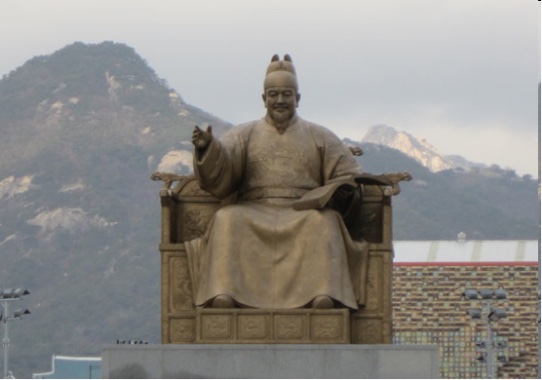I seldom announce the publication of Sino-Platonic Papers on Language Log, but this one, although seemingly highly esoteric, will actually be of interest to many readers. Aside from numerous Turkic tongues, among other languages and groups it touches on, the following are mentioned: Mongolian, Tibetan, Chinese, Japanese, Tocharian, Uyghur, Bulgar, Tatar, Bactrian, Tungusic, Celtic, Dravidian, Yeniseian, Samoyedic, Chuvash, Latin, Italic, Prussian, Slavic (various languages), Sanskrit, Kitan, Hungarian, Xiongnu (Appendix 2 is a list of Xiongnu words surviving in Altaic languages), Circassian, Caucasian, Avar, Dingling 丁零, Khotanese Saka, Sogdian, Khwarezmian, Old Persian, Middle and New Persian, Pashto, Ossetian, and numerous Iranian languages, Yuezhi, Koguryŏan (Korean).
—————————————————————————————————————————–
Sino-Platonic Papers is pleased to announce the publication of its three-hundred-and-twenty-fifth issue:
"On *p- and Other Proto-Turkic Consonants," by Orçun Ünal (Göttingen Academy of Sciences and Humanities, Göttingen, Germany)
Dedication:
To my first teacher in Mongolian
Claus Schönig (1955–2019)
http://www.sino-platonic.org/complete/spp325_proto_Turkic_consonants.pdf
Read the rest of this entry »



